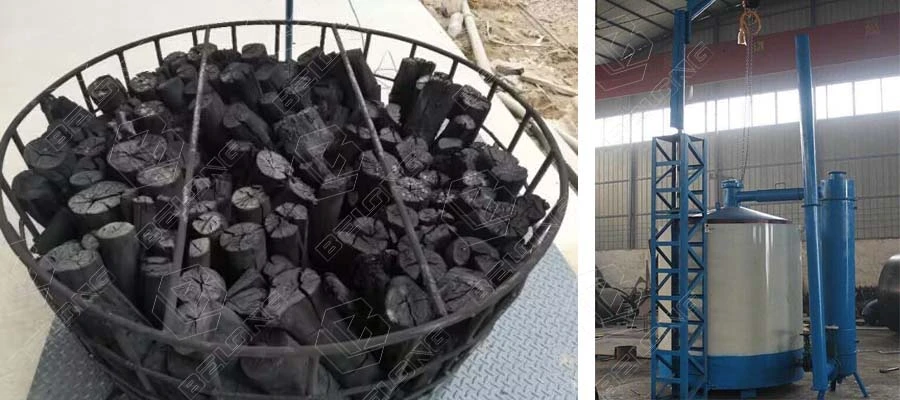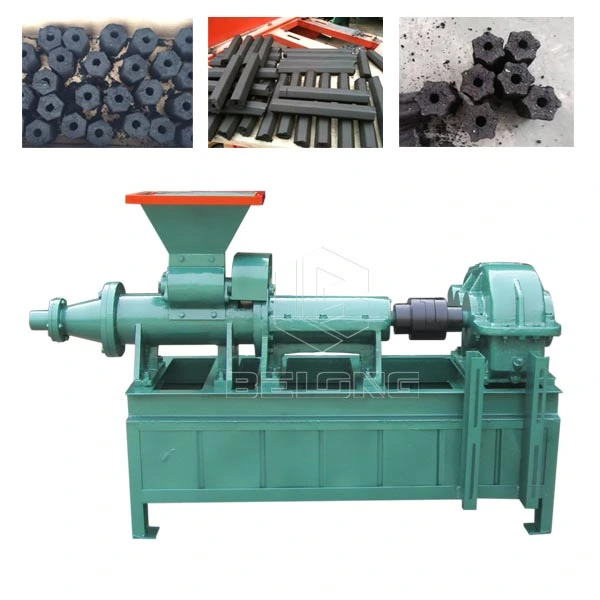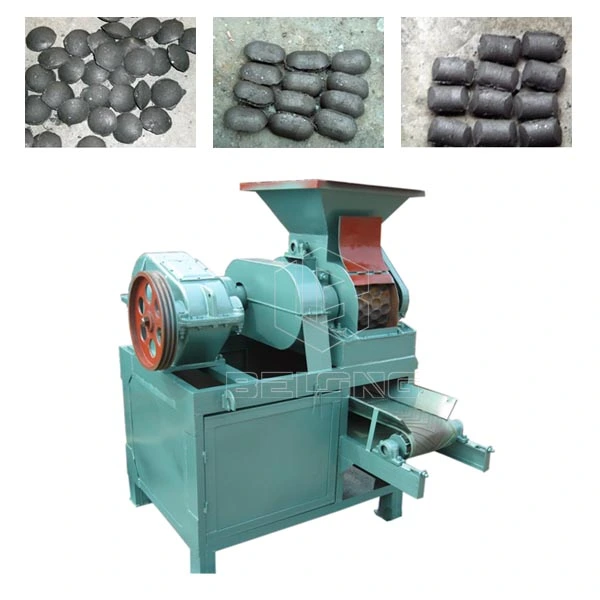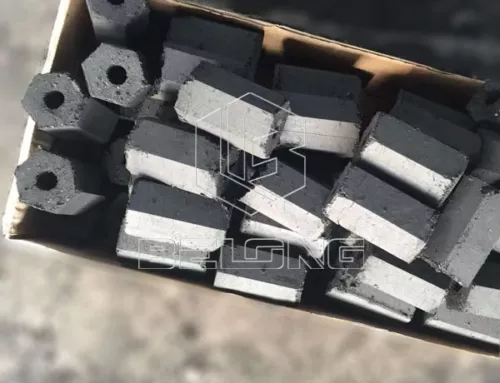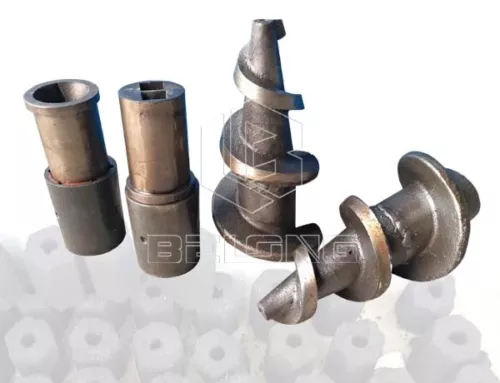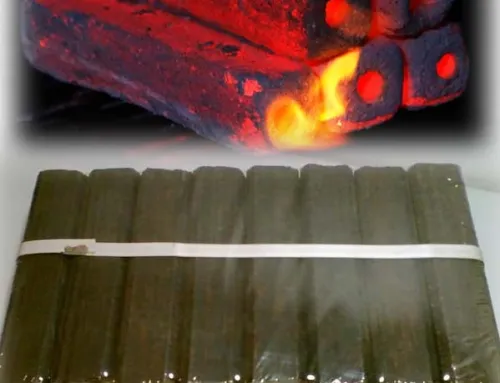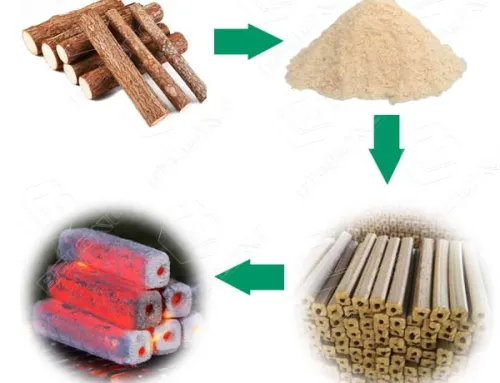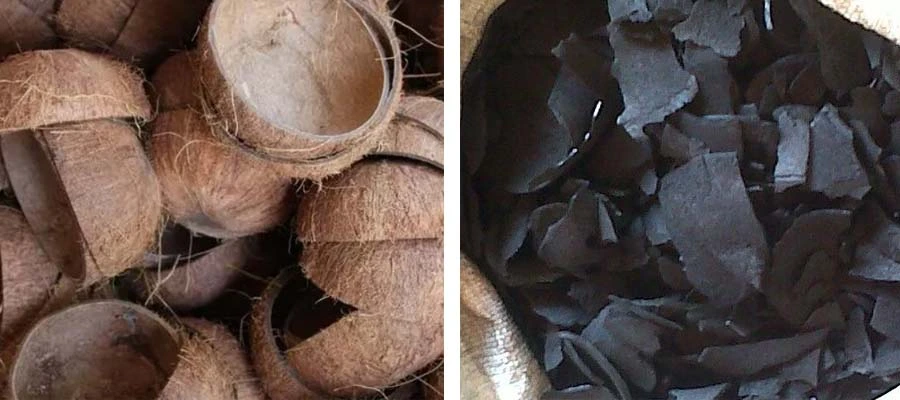
Coconut shell charcoal, obviously, is the charcoal product made from coconut shells. Coconut shell outside the coconut kernel can be made into various utensils and crafts, as well as activated carbon and coconut charcoal. The coconut shell charcoal briquettes are widely used for outdoor and indoor barbeques and domestic heating.
Unused Waste? Or Fuel Substitute?
In many Asian and African nations, coconuts are typically utilized as a cooking ingredient, leaving the shells as unused waste. The resulting coconut shell waste is often left in piles and can pose environmental issues. Converting these coconut shells into charcoal can reduce environmental pollution in terms of environmental protection, achieve waste utilization in terms of resources, and obtain high profits at extremely low costs in terms of economy. The coconut shell charcoal will be a best fuel substitute against firewood, kerosene, and other fossil fuels.

Next, we will introduce step by step how to make coconut shell charcoal briquettes of different shapes.
Carbonize the large pieces of coconut shells to charcoal
Coconut Shell Charcoal is manufactured by carbonizing raw coconut shells in a limited supply of air. So firstly, people need to collect discarded coconut shells for smokeless carbonization.
Our vertical hoisting furnace adopts advanced hot gas flow carbonization technology, greatly improving the carbonization rate (from about 80% to 99%), and has a small footprint, simple and convenient operation, good safety and environmental protection effects, high production efficiency, and can save a lot of energy.
The built-in flue gas treatment system makes the flue gas generated by carbonization purified and then return to the bottom of the furnace for combustion, saving a lot of fuel.
Click the picture below to get more information about the furnace!
If you want a large scale production, the hoisting carbonization furnaces can be connected in series to meet your demands.
Connect in Series for large-scale production
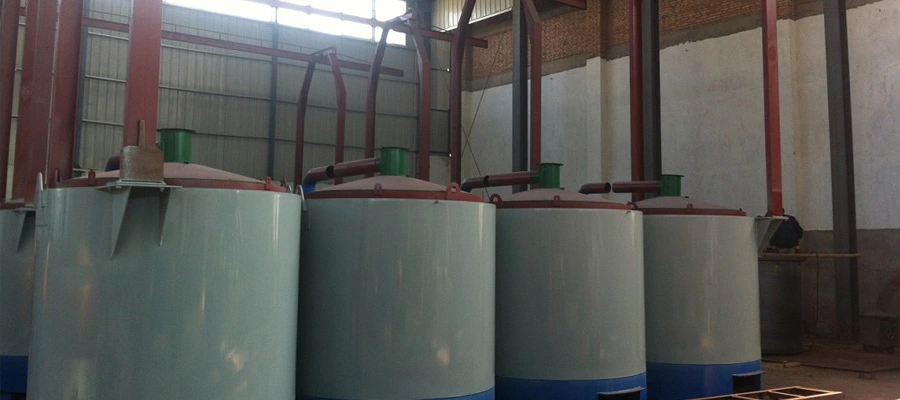
Crush the coconut shell charcoal to small size
Coconut shell charcoal obtainded after carbonization are large pieces, one charcoal crusher or charcoal grinder is required to process them to fine charcoal podwer.
This charcoal grinder machine comes with a simple conveyor. From the work video below, we can see that the charcoal powder falls from the discharge port at the bottom of the machine onto the conveyor belt and is transported to one side. This can prevent materials from piling up under the machine and affecting its continuous operation.
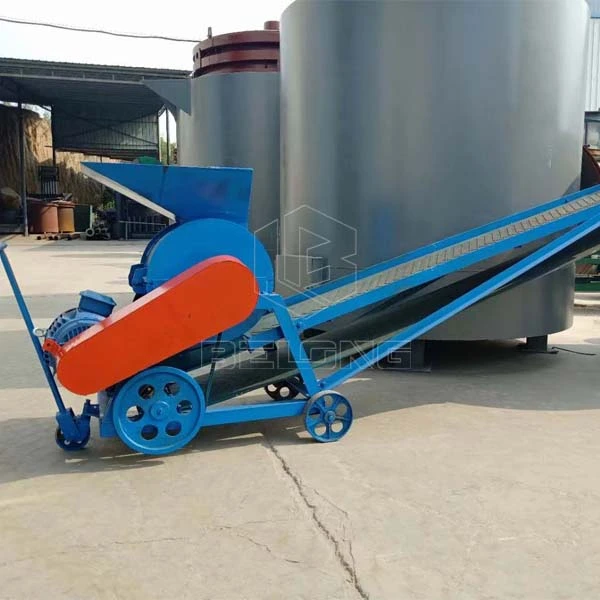
Mix the coconut shell charcoal powder with water and binder
Before compressing the coconut shell charcoal powder into charcoal briquettes, you will need one wheel roller charcoal mixer machine to mix the charcoal powder with water and binder thoroughly and evenly.
Widely-used binders in the charcoal production line include starch, such as corn starch and cassava starch.
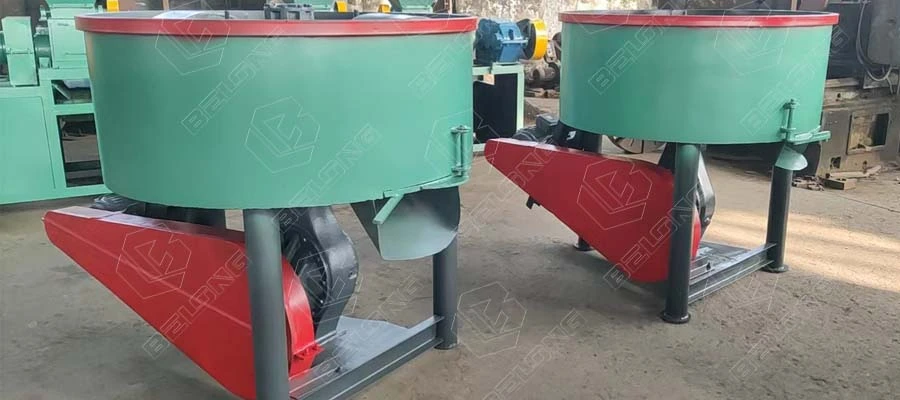
Compress the mixed charcoal powder into coconut shell charcoal briquettes
After the water and binder are added in the charcoal powder and mixed fully, it will come to the final step–briquetting.
All the previous processes are the groundwork, and the charcoal briquette machine is the most core and important machine in the entire coconut shell charcoal production line. It is also the only machine that customers need to choose based on the size and shape of the final product.
There are several kinds of briquettes machines. The first type is a charcoal briquette extruder machine; The second type is a charcoal ball press machine; The third type is a hookah charcoal briquette machine.
Hookah Charcoal Briquette Machine
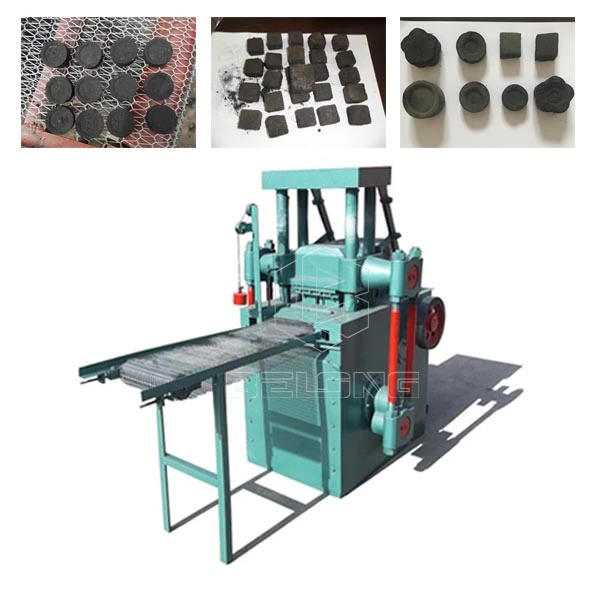
Charcoal briquettes shape: tablet, cubic shape or customized
The coconut shell charcoal has many uses. For example. the charcoal briquettes made from coconut shell can be used in barbecue and it will emit a pleasant aroma during the burning process because of its food-grade property. It is also widely used as a fuel substitute at home and in industry. In some Middle Eastern countries, the coconut shell charcoal briquettes can be used to burn shisha. In some western countries, the charcoal briquettes can be used for domestic heating and to heat stoves for cooking.

